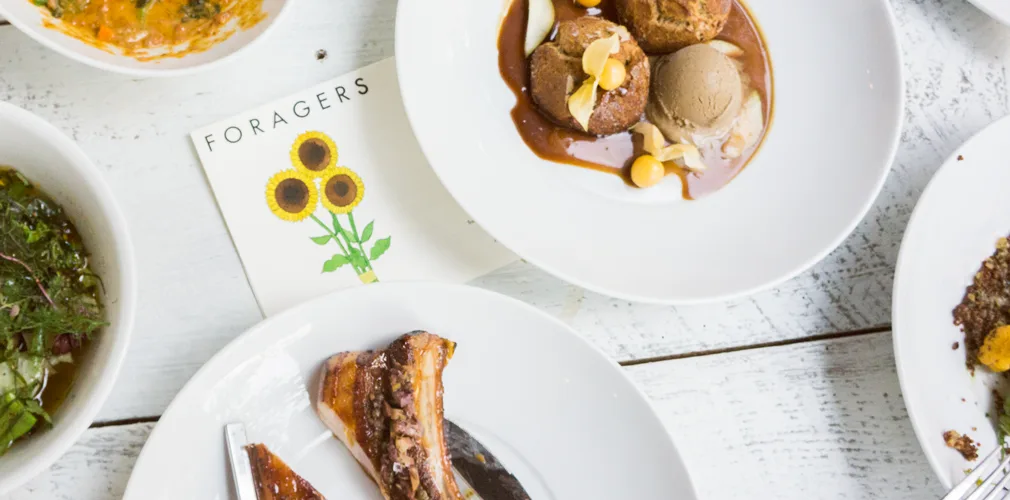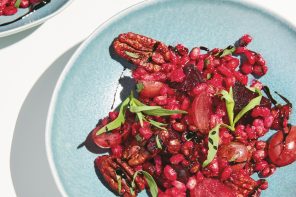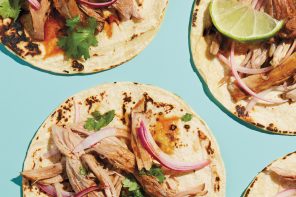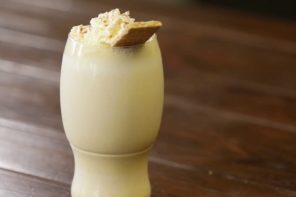“I ended up in the business because I couldn’t get out of it,” says Anna Castellani, founder of Foragers restaurant and markets. “Once I was in I was so far in that there was no question it had to work.”
Having graduated from New York University with a degree in Mandarin, Anna’s path to farm-to-table professional is an unusual one. She spent her first few years out of school working in the film industry and found herself living in Los Angeles but pining for New York. So she moved to Brooklyn.
[pullquote align=”right” cite=”” link=”” color=”#0396EC” class=”” size=””]“It was a black market transaction, you’d go to somebody’s apartment and they’d have a cooler full of cow.”[/pullquote]“At the time there was nothing happening in Dumbo, the neighborhood looked like a bomb went off,” she says. “We looked around and it was all painters and sculptors, but no place to buy art supplies. So I opened a space. And then it also became apparent that there was no place to buy a cup of coffee. So I put in an espresso machine.”
As Anna’s business grew, her art supplies soon gave way to food and drink, and suddenly she found herself with a full-fledged restaurant.
“I started making food, I rolled in electrical spools from the Manhattan Bridge, I brought in folding chairs, we didn’t even have AC for the first five years because nobody down there expected me to,” she says.
A decade later, Anna was immersed in the food industry. She sold the restaurant and moved two doors down to her next venture: grocery stores. She wanted local, grass fed meat and farm fresh produce – things that today seem like a norm. But, Anna will tell you, this was 2005, back when the average grocery store shopper was more concerned about price than quality.
“I wanted healthy food but at the time you couldn’t buy it. It was a black market transaction, you’d go to somebody’s apartment and they’d have a cooler full of cow,” Anna says of the difficulties of finding suppliers. “We had to buy our own truck because we couldn’t get anybody to deliver to the city. And then we couldn’t get enough produce, so we bought our own farm.”
Many of the farmers Anna spoke to upstate had bad past experiences growing for grocery stores in the city and wouldn’t even consider working with her. But even when some agreed, finding the right volume and price point of produce proved to be another problem entirely.
“It’s taken us 10 years to perfect a distribution circle and we’re still working on it,” she explains. “What’s interesting about the farm-to-table thing is that it’s a little elusive. There are very few real farm to table places because it’s incredibly difficult to do and takes an enormous amount of resources.”
For a restaurant to truly be farm-to-table, the majority of the food served should come straight from the farm, to the kitchen, to the diner’s plate. The movement has become increasingly popular in recent years, as consumers have turned towards organic, pesticide- and preservative-free foods.
Despite the challenges, Anna says that she would like to continue growing Foragers markets, maybe even outside of New York City. But, she says, they’ll never grow so big as to lose sight of their farm fresh mission.








